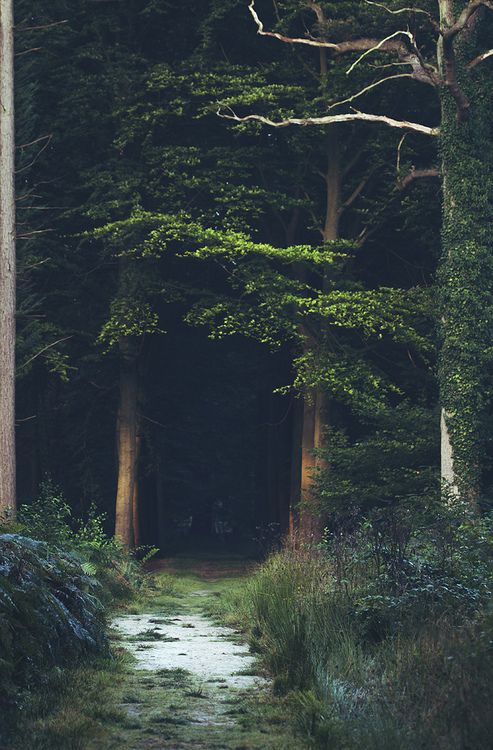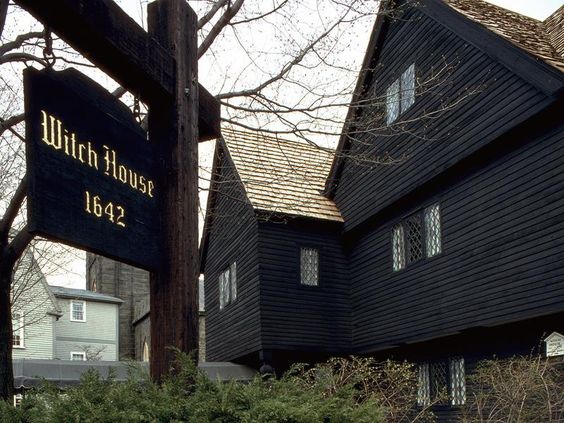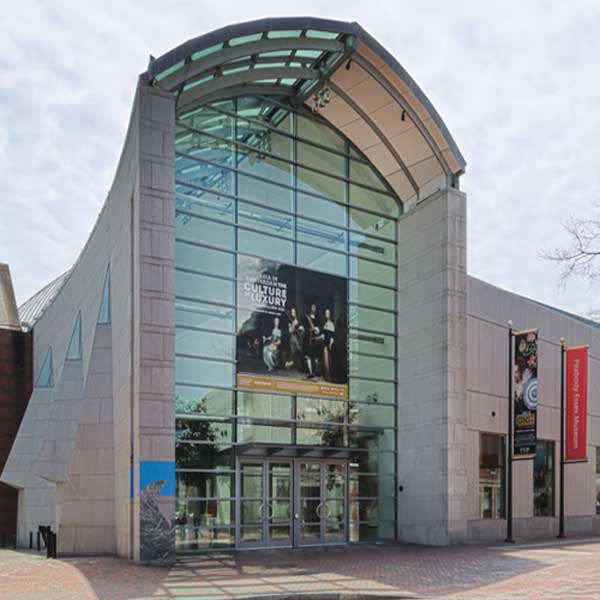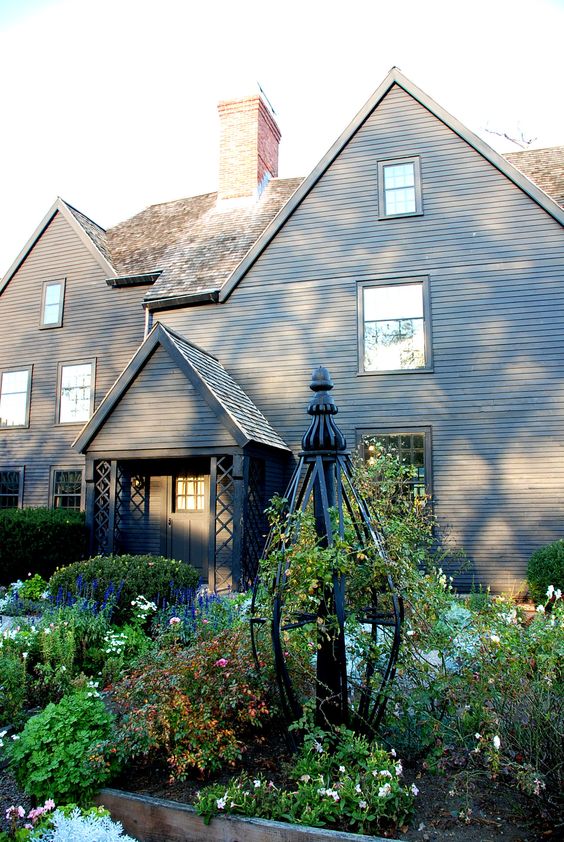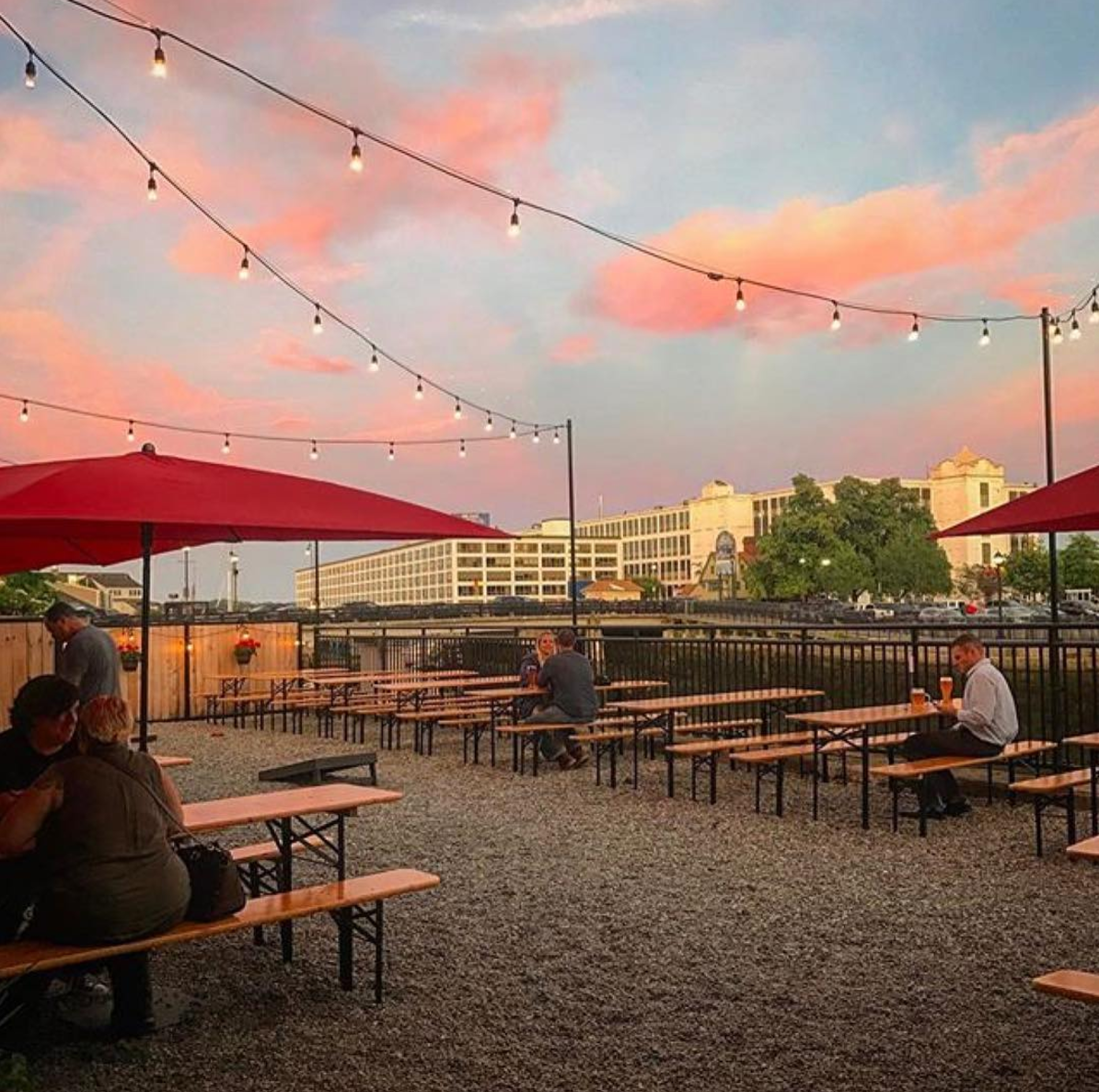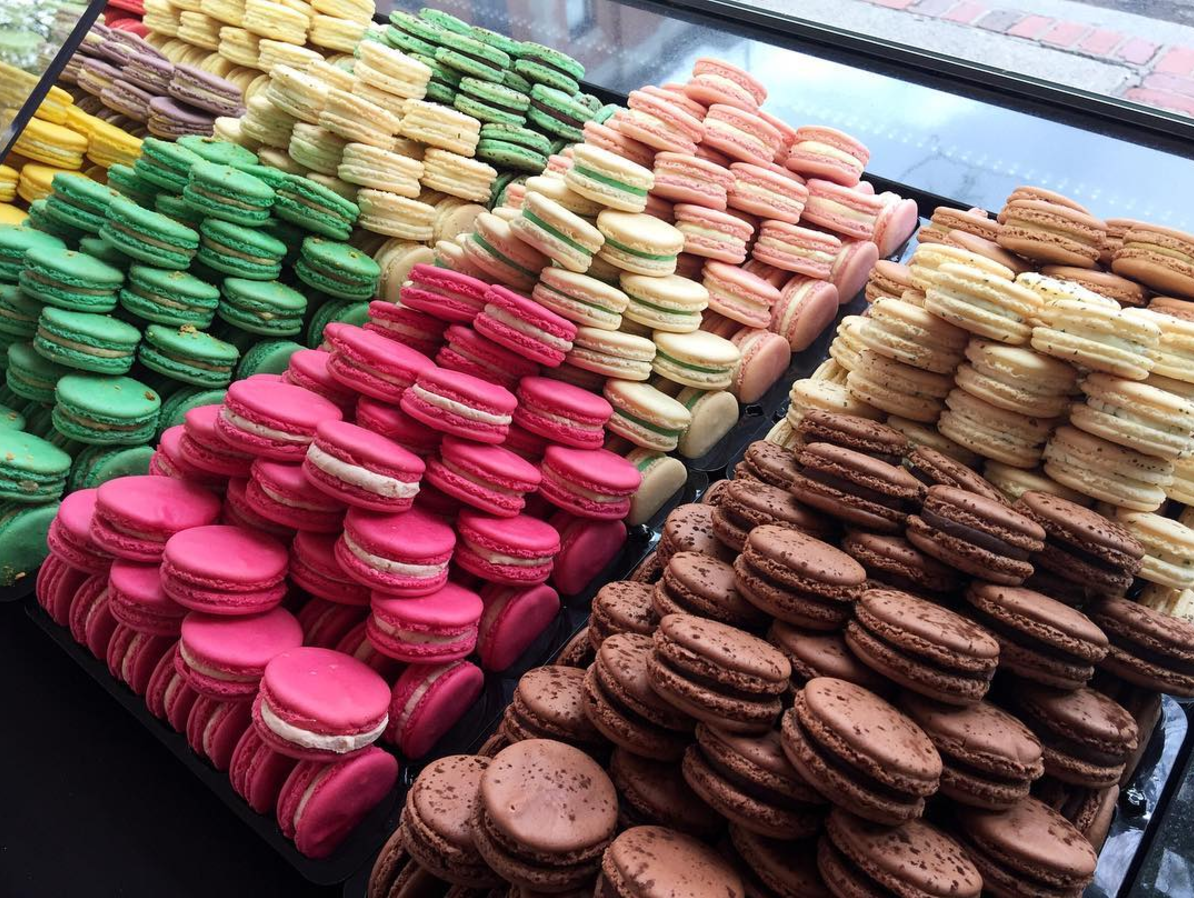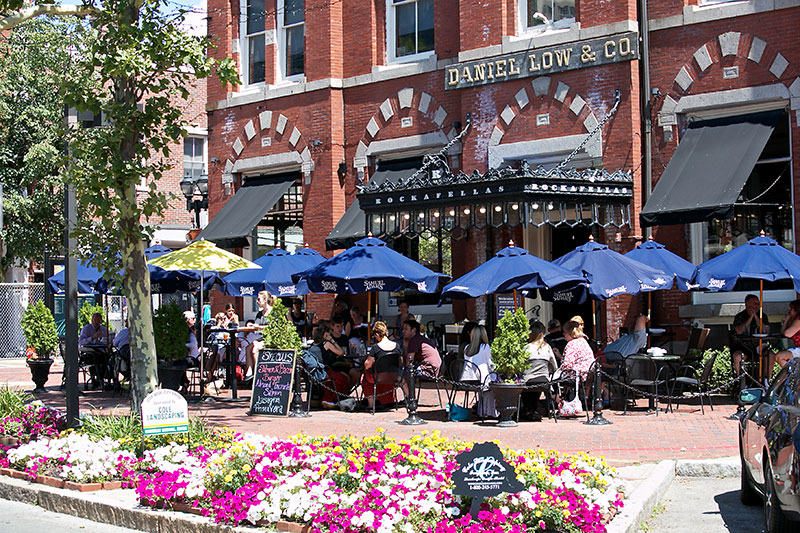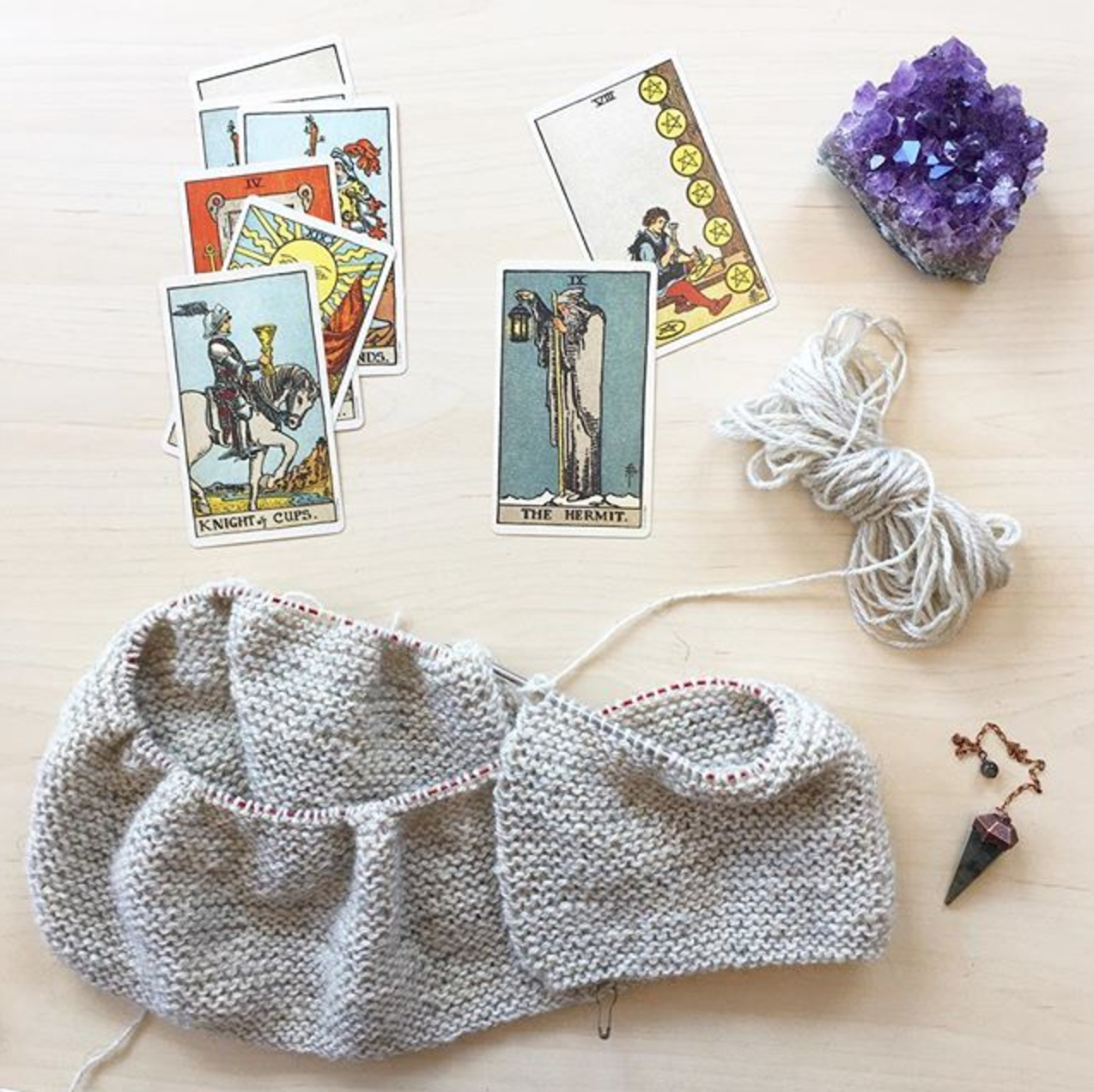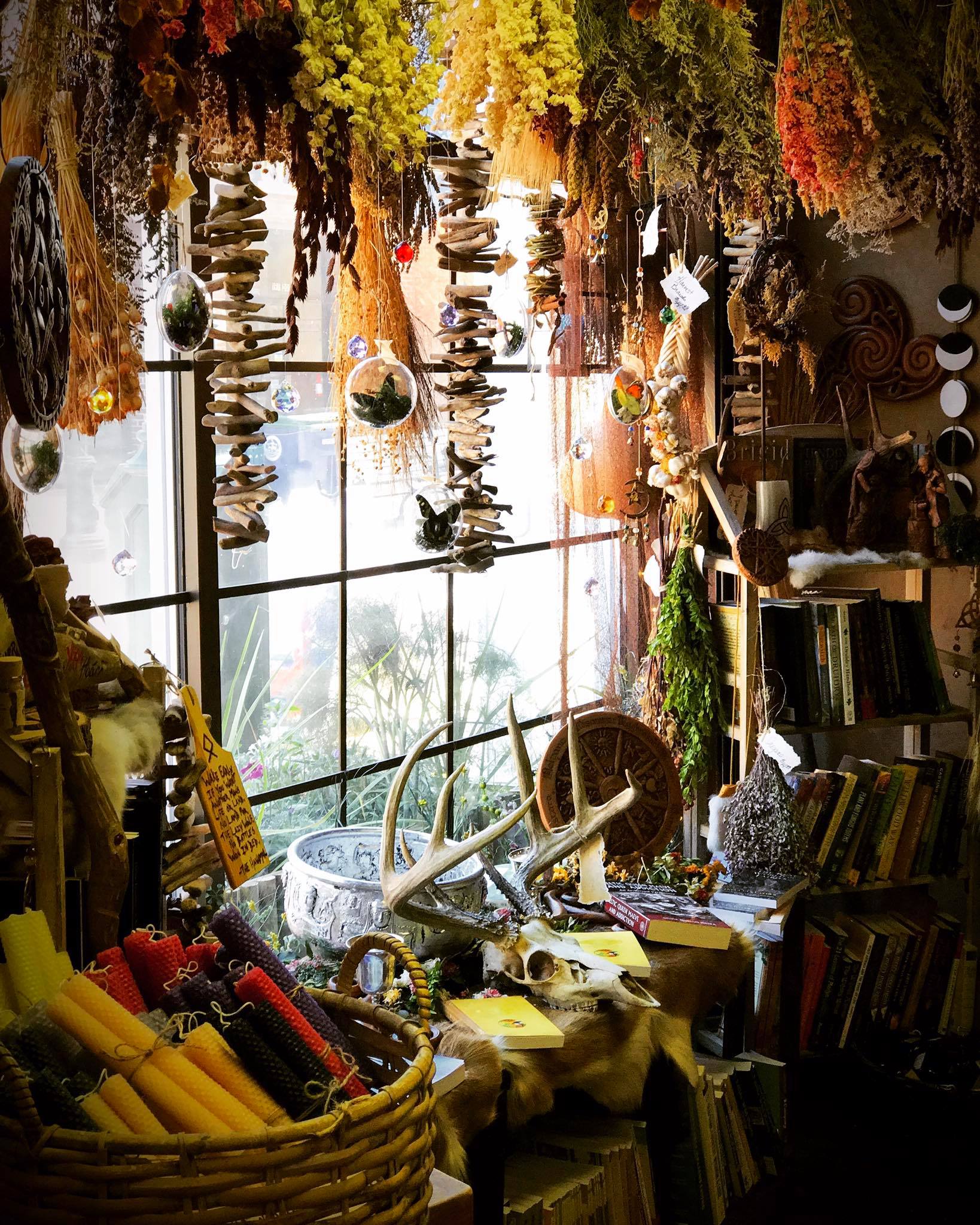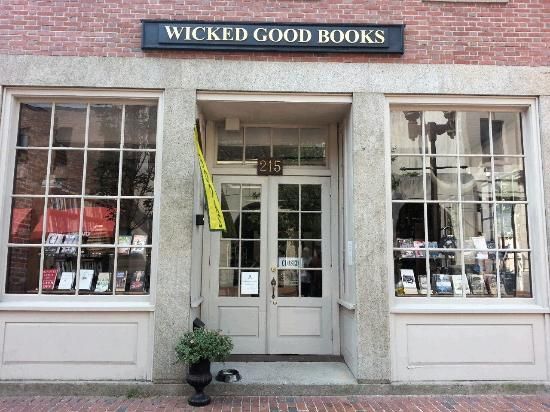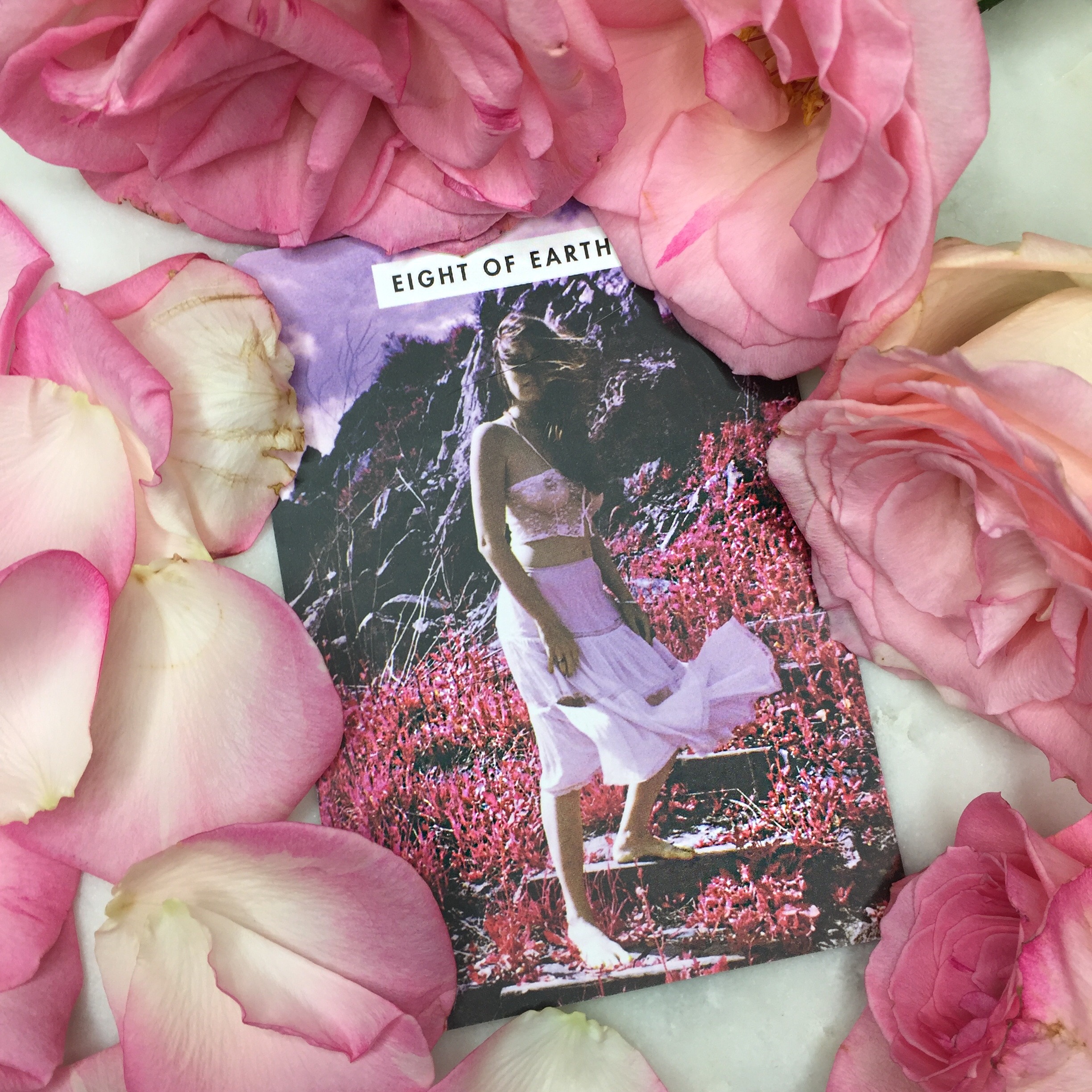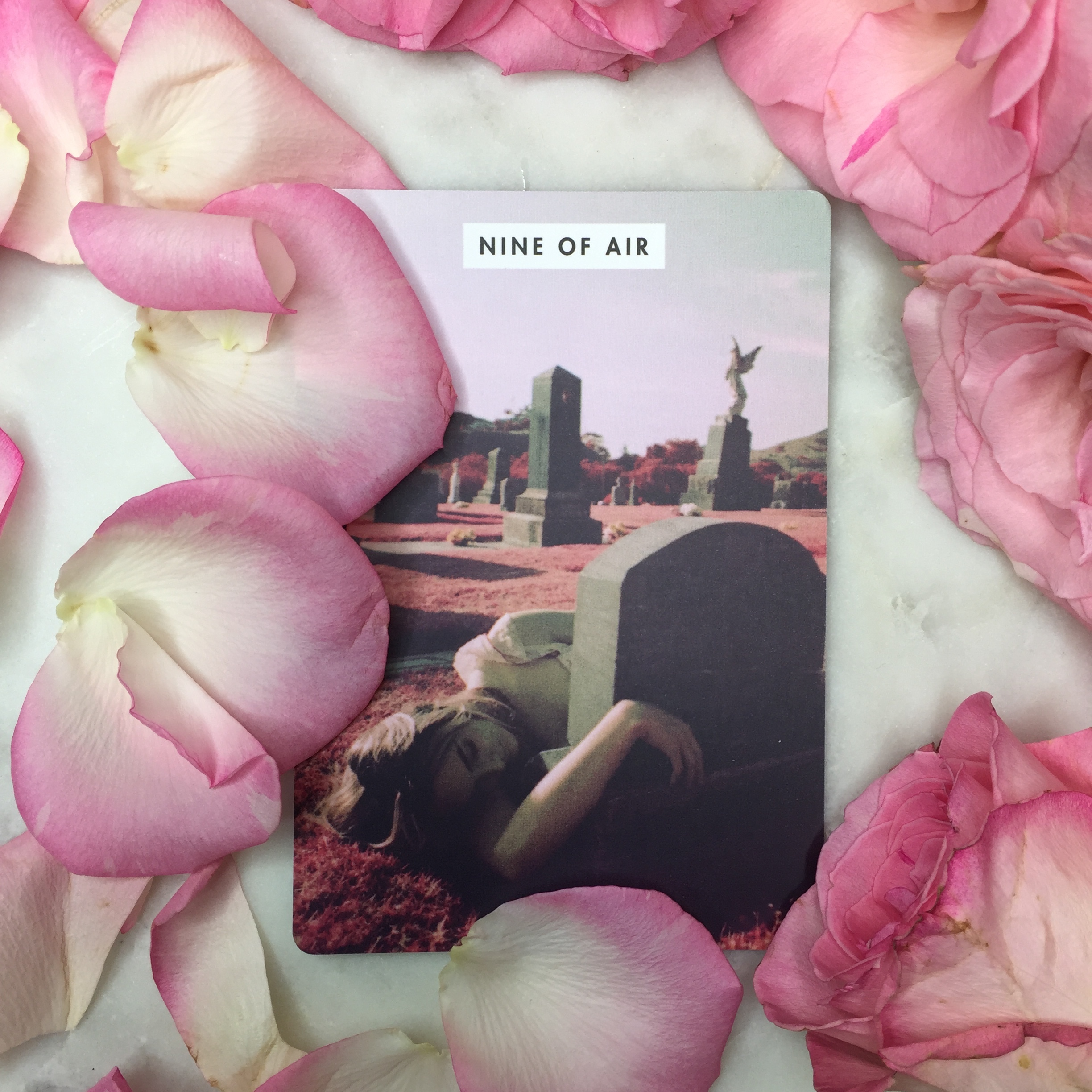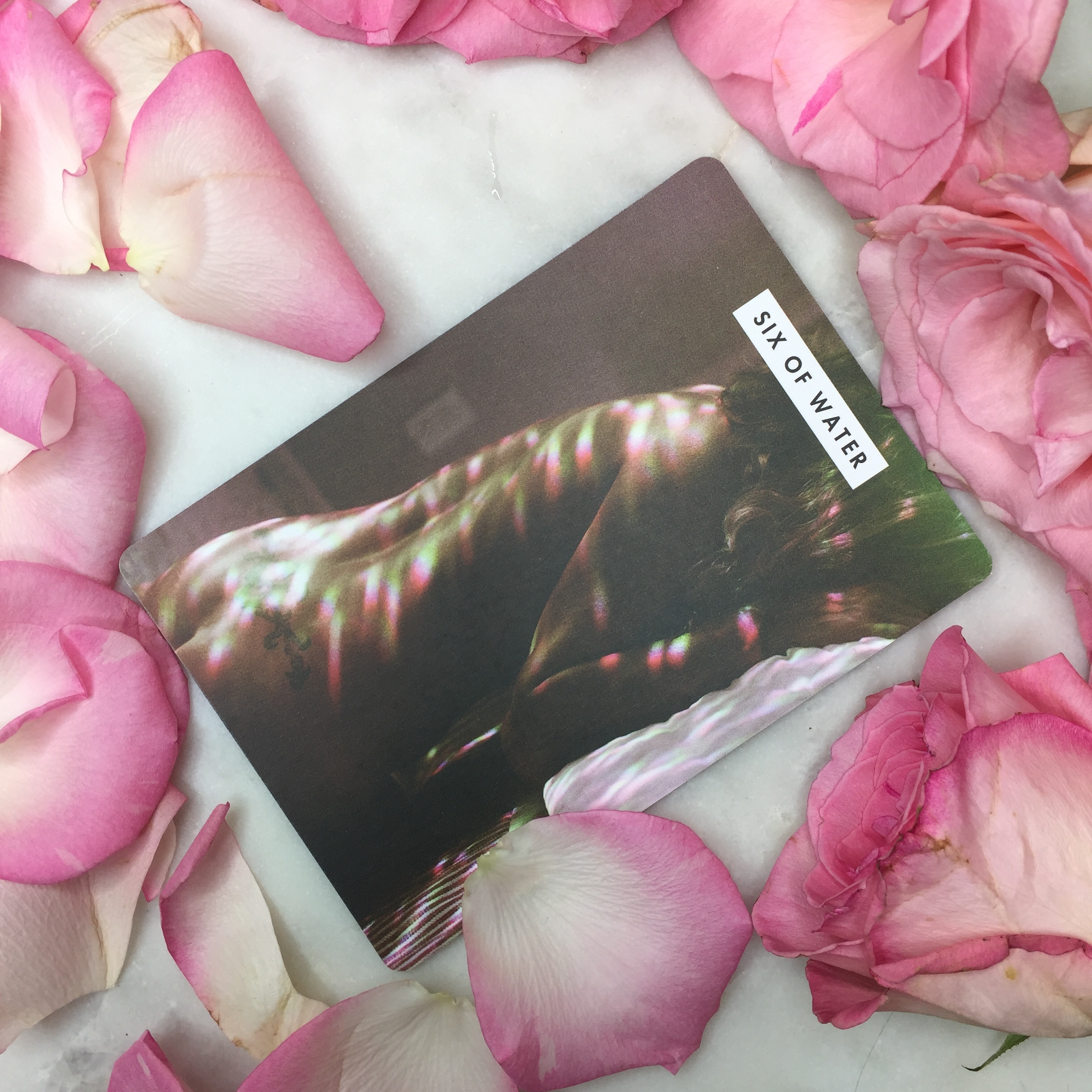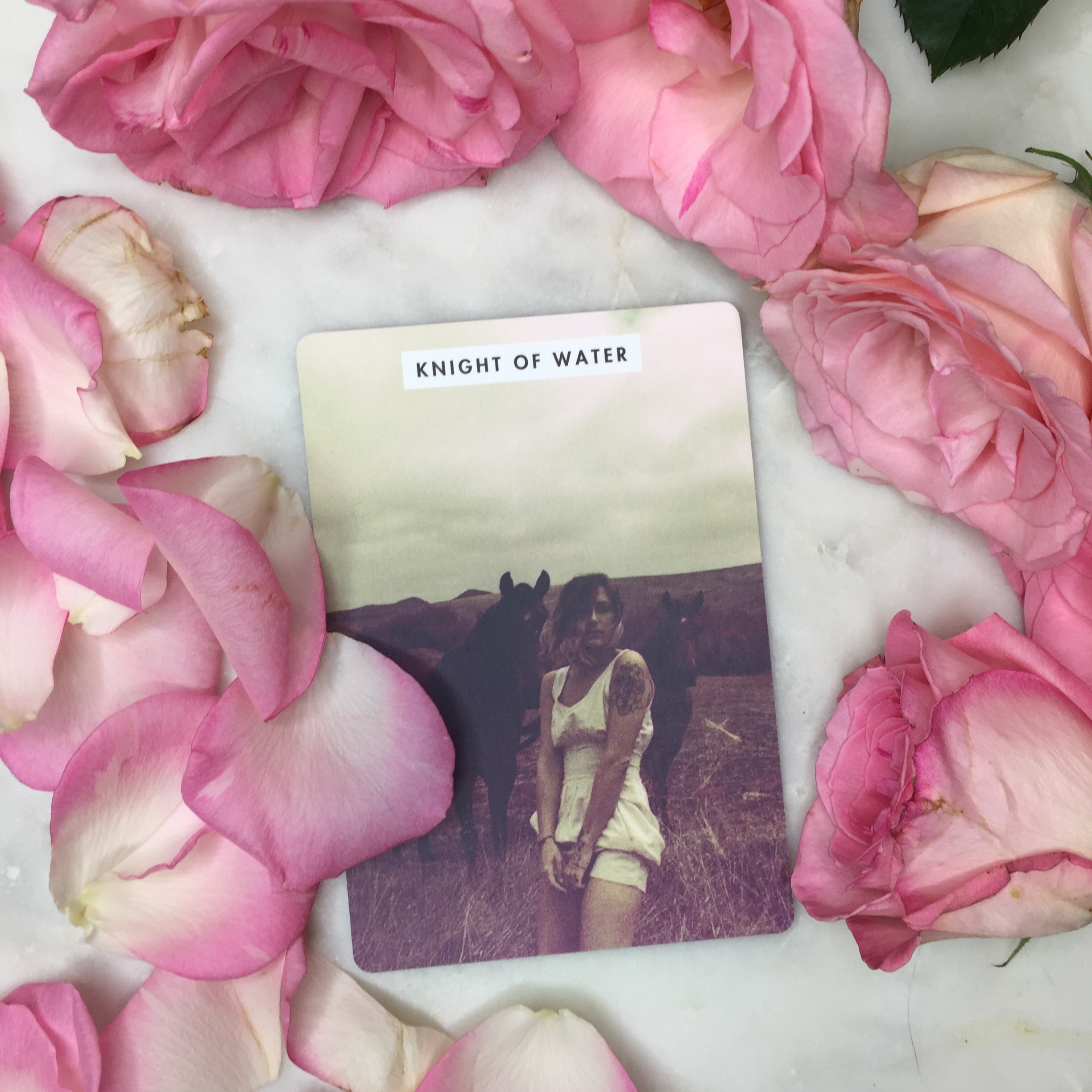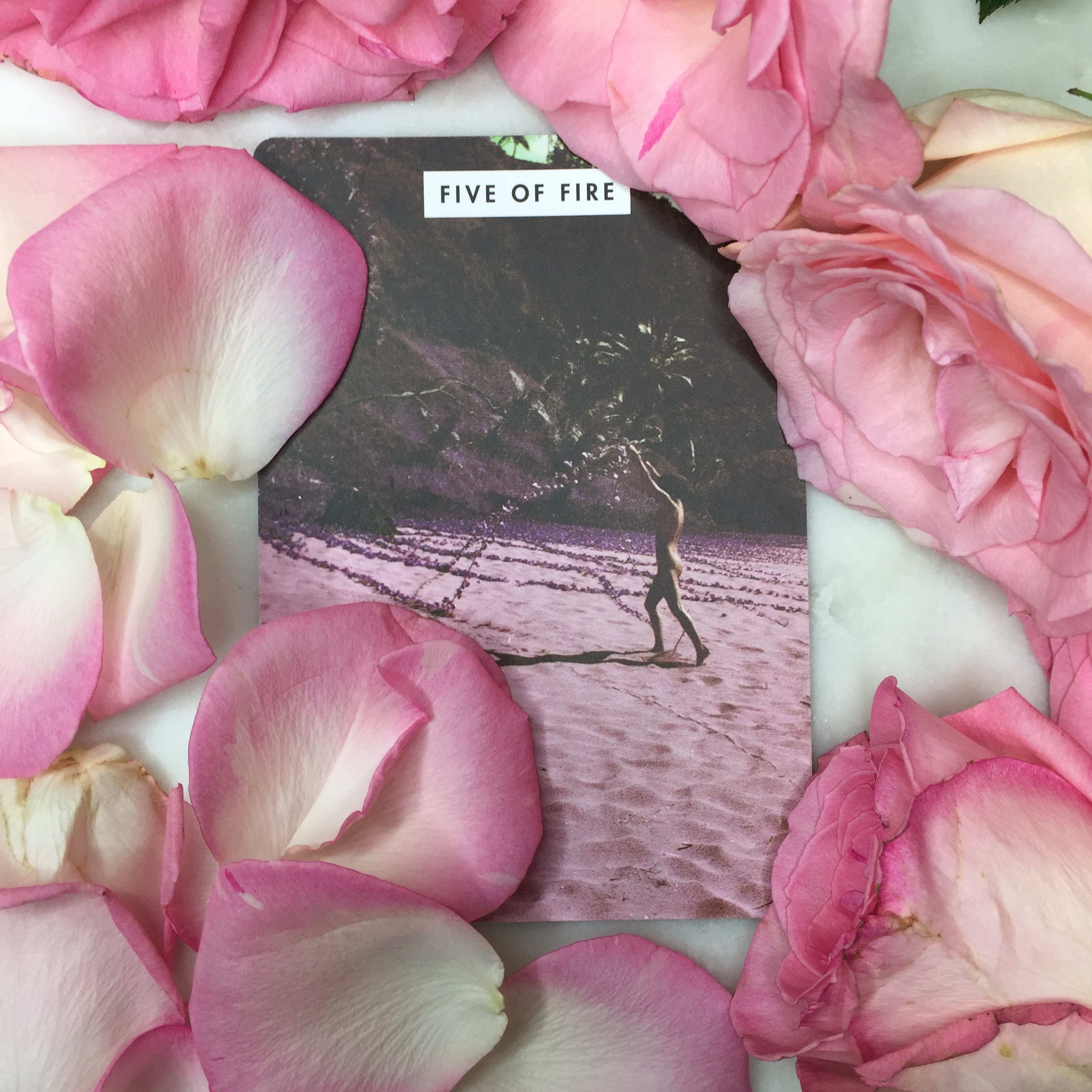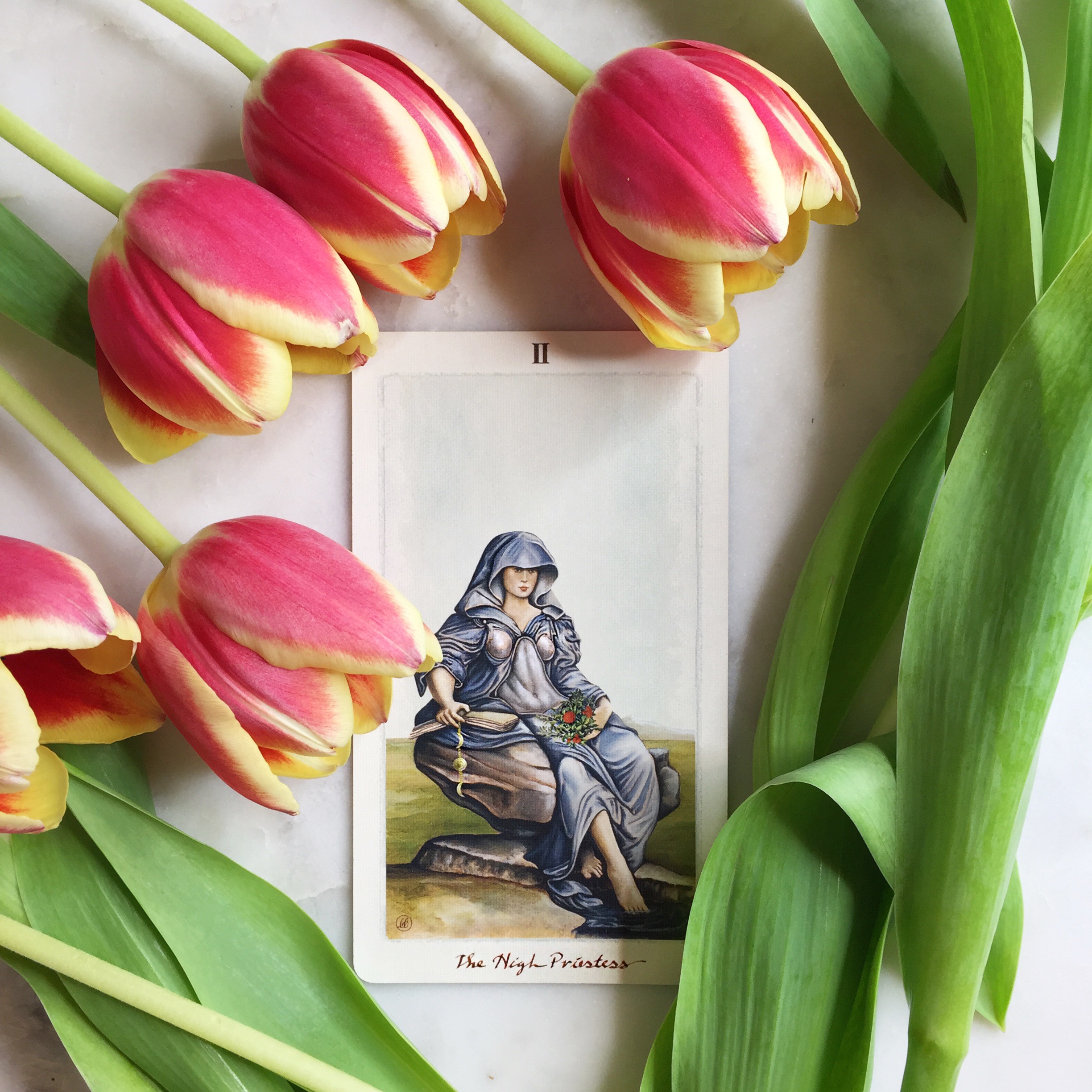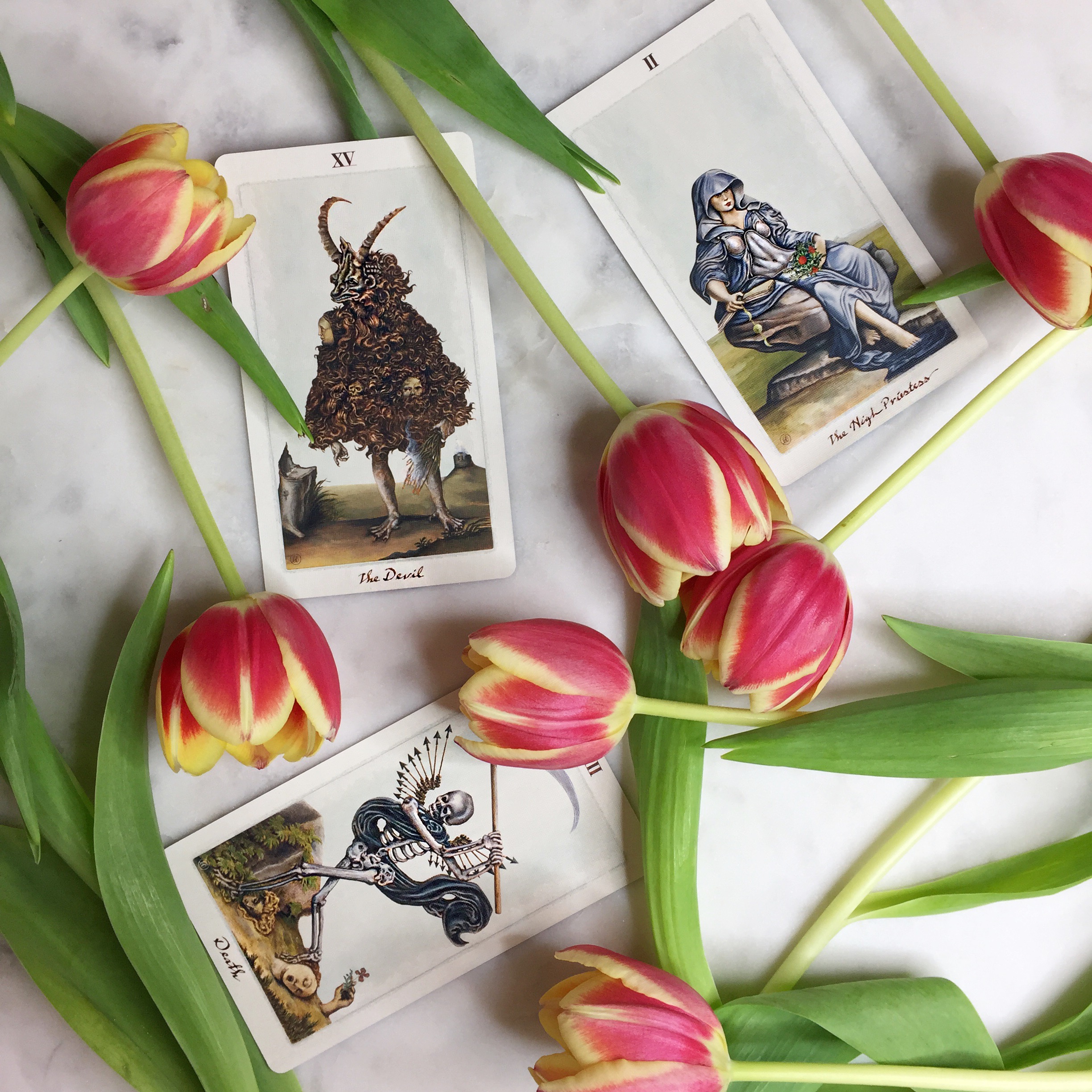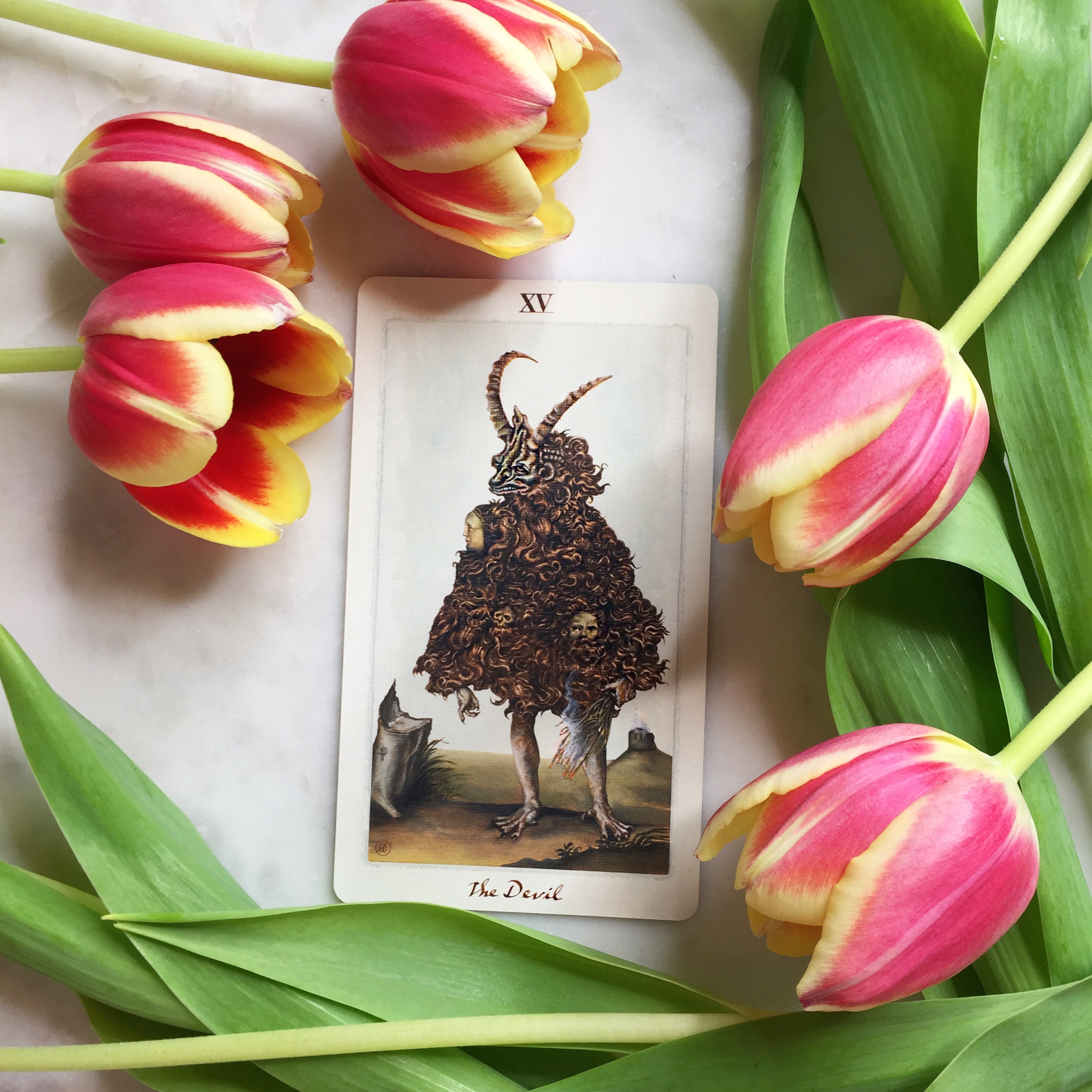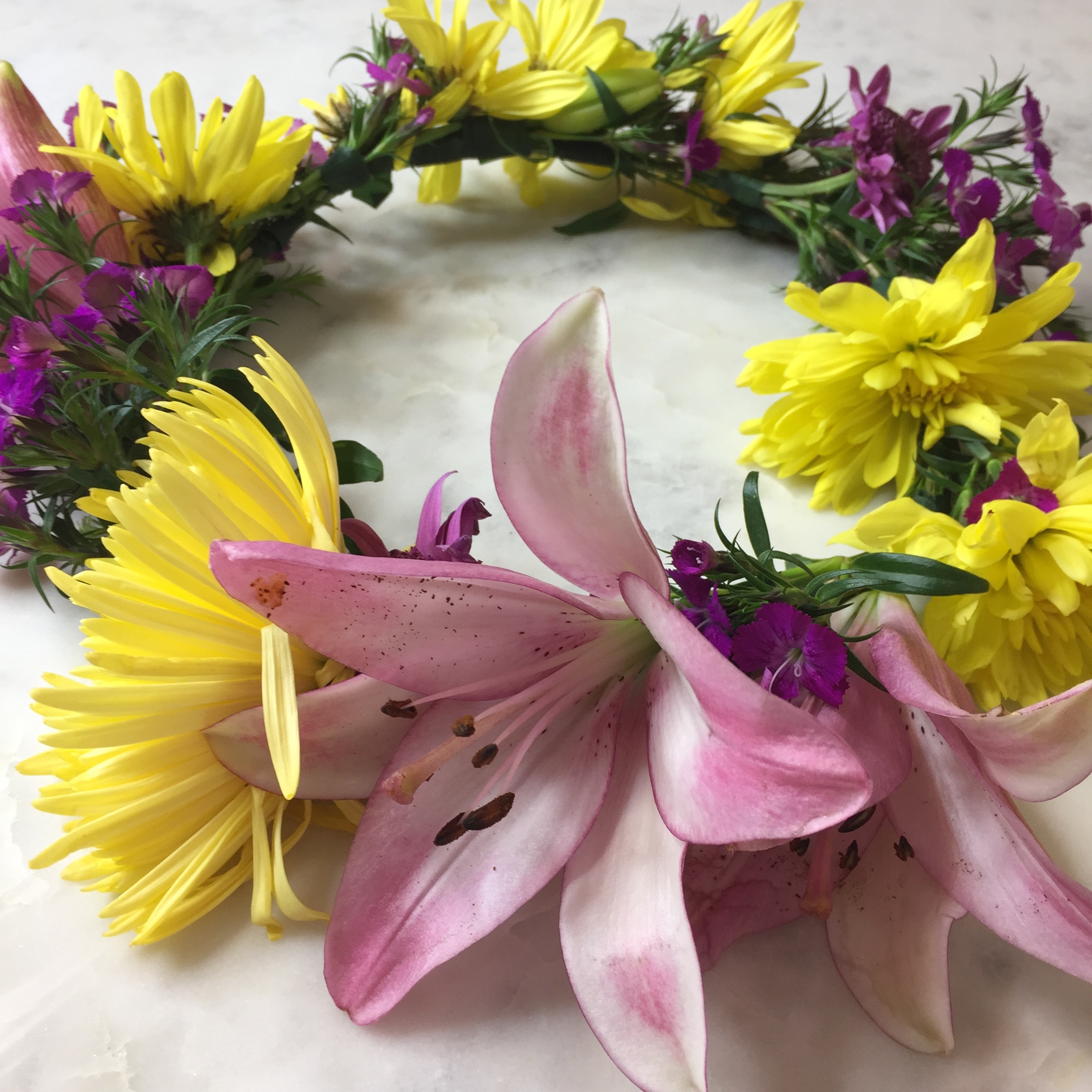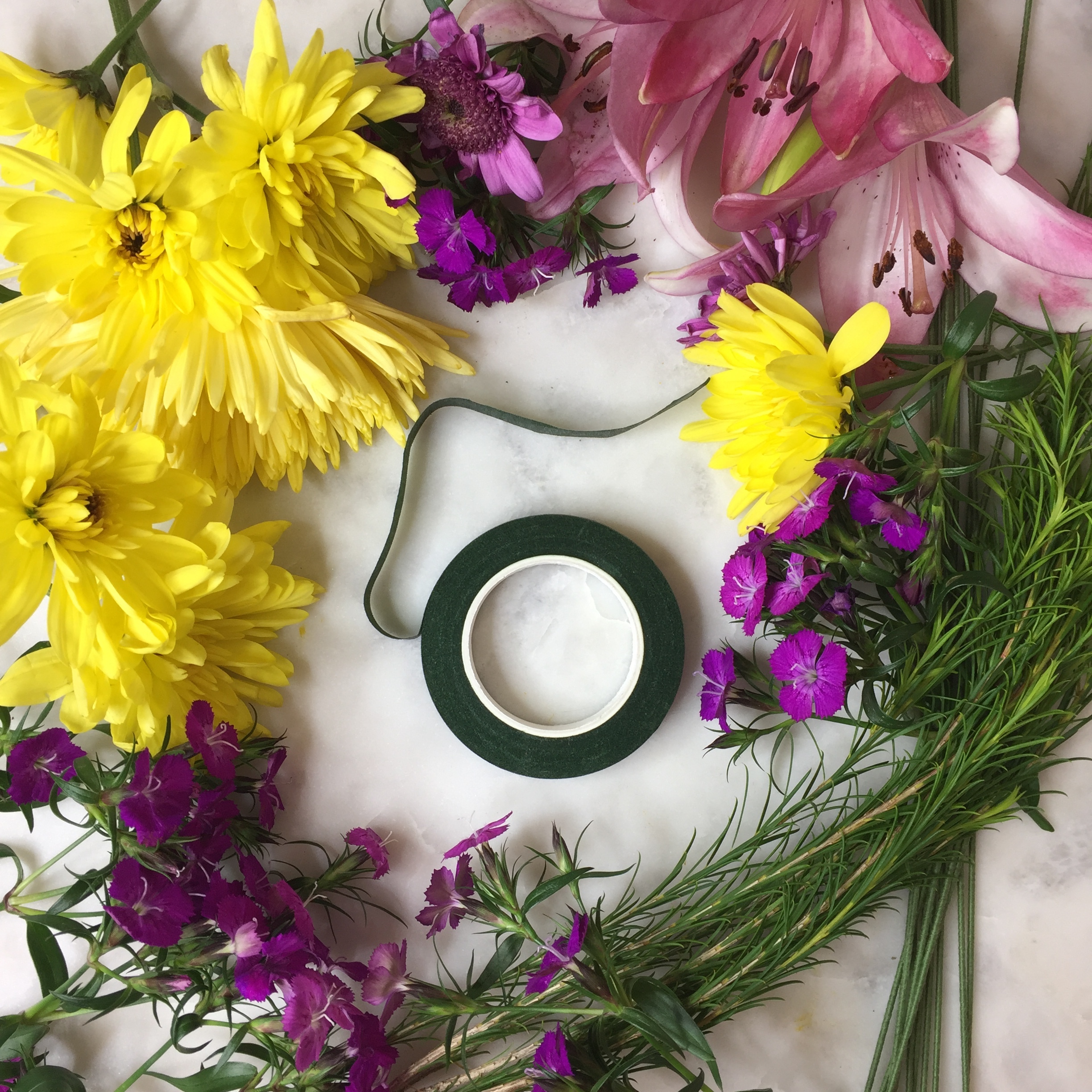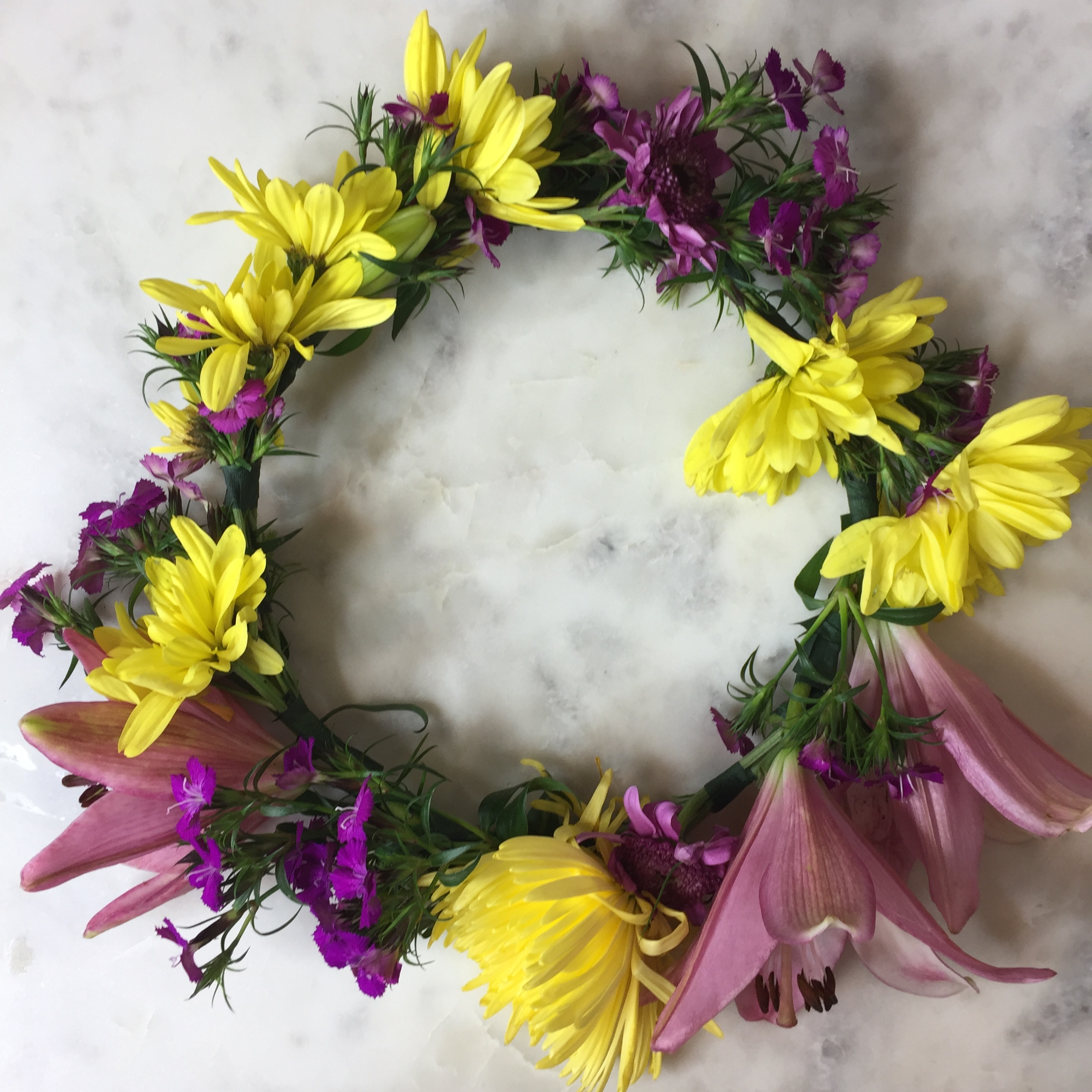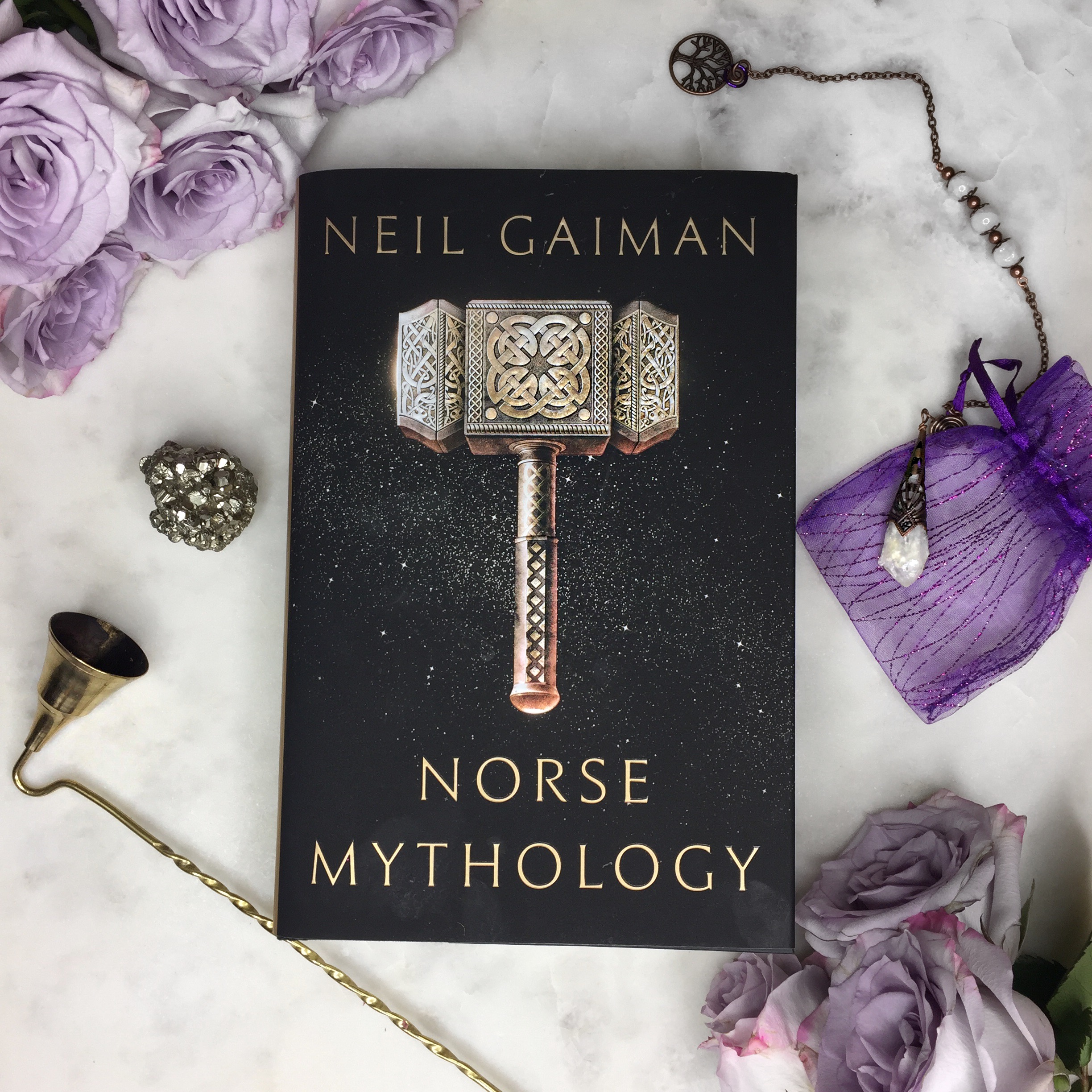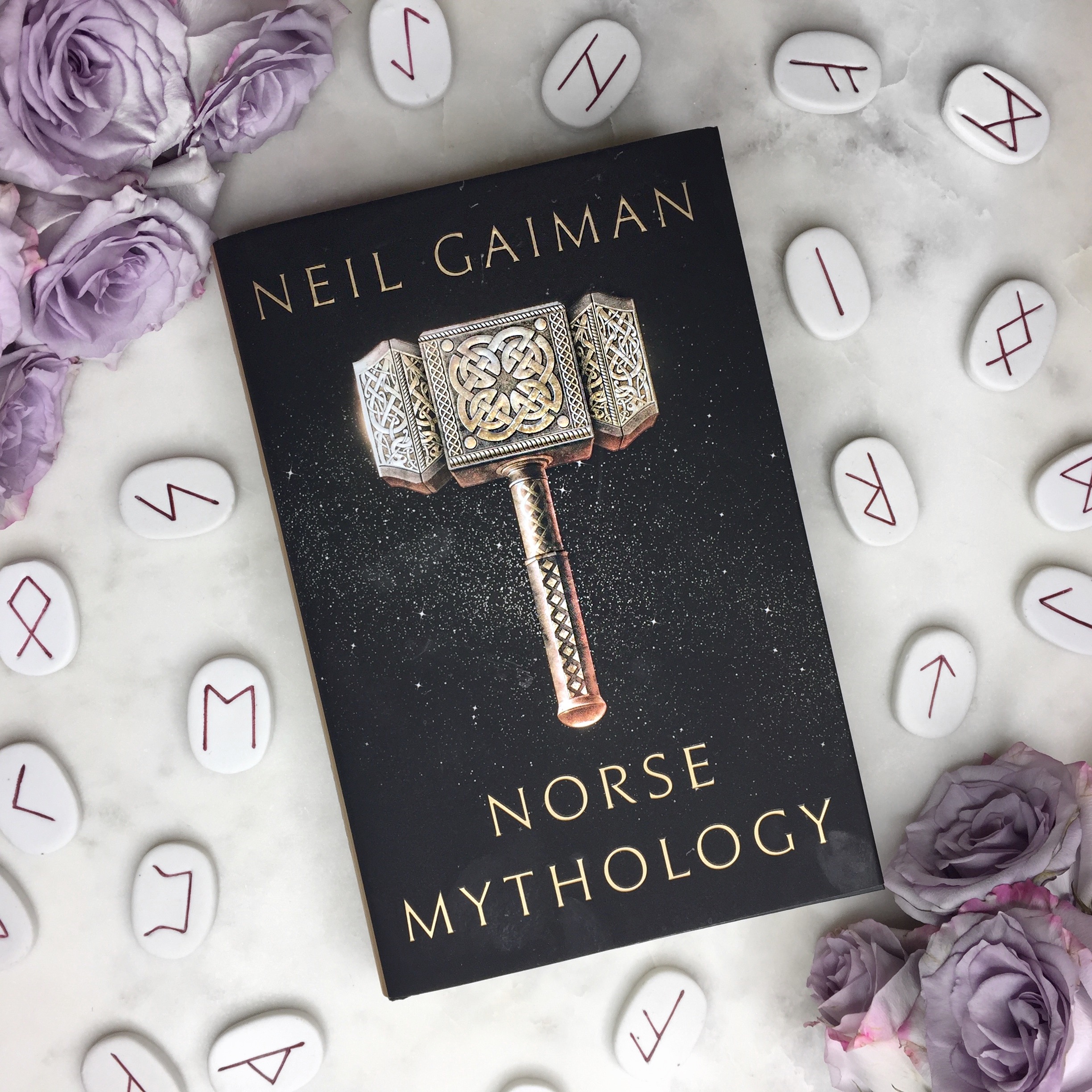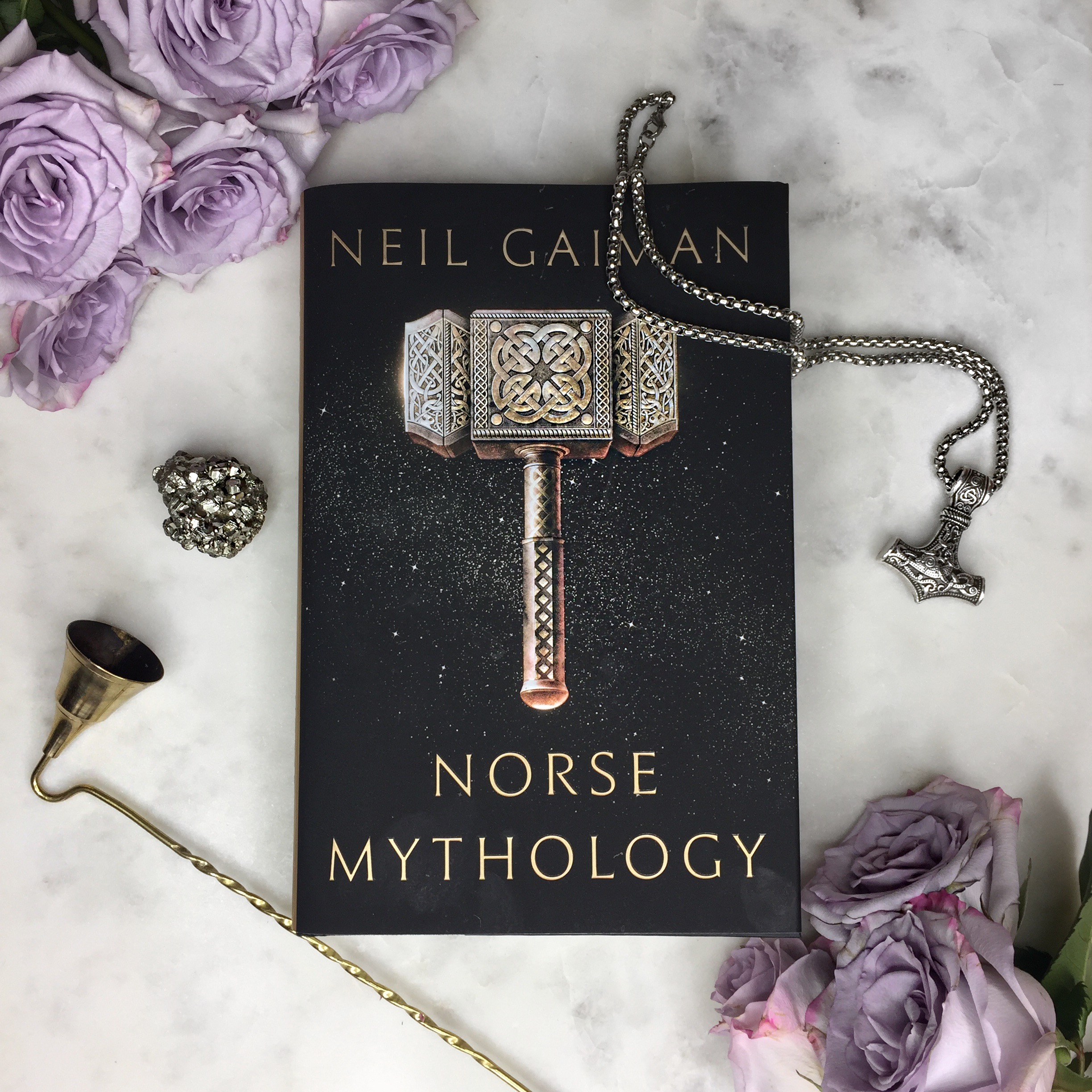The grain swells against the morning wind as waves of amber and gold ripple through the fields. I envision what these wheat fields of Illinois might have looked like a long time ago. Farm boys swinging scythes, their calloused hands aching with a summer of hard labor. I envision horses neighing in the distance, their glossy chestnut mains shining in the summer sun. I imagine a large farm table filled with sun-ripened tomatoes and loaves of freshly baked bread. The delicate sounds of a summer afternoon, the wild hum of grasshoppers leading to the warm and hazy glow of lightning bugs as the sun falls below the horizon.
Today when I look upon the fields outside my city, I find endless rows of wheat and corn. The fields go on for miles, a never ending surface reflecting the color of our summer sun. In the midwest it seems we have our own ocean, but instead of water, our ocean is a sea of harvest. Our modern fields take on an otherworldly quality in their grandness. The visions of amber punctuated only by roaring machines that have taken the place of of scythes.
Living in the Midwest I feel a great connection to the harvest festival of Lammas. While other regions may provide more glamorous resources, the midwest has taken on the role of Ceres, the goddess of grain. Our wheat and corn travels across the country and beyond to nourish millions. It’s so easy to become complacent and unaware of the skill and hard work necessary to create this endless sea of golden fields. So upon this harvest festival, us Pagans take a moment to give thanks for the summer bounty nature has provided.
Looking upon my modern feast, I see not only the foods from my region. I see the success of our beautiful country united. I see grains from the midwest baked into an herbed loaf. I see goat cheese from New York, and olives grown in California. I see beer made from the hops of Washington and charcuterie from Kansas. To hear people speak, you would think we are more divided as a nation than ever. Yet looking at my harvest table I see value in each region of our country and feel united in this celebration of the summer bounty. So upon this harvest day, let us come together ‘round our tables. And let us take a moment to appreciate and give thanks to all that makes our feasts possible.
How will you be celebrating this harvest festival? Let me know in the comments below.
This image from Local Milk Blog



